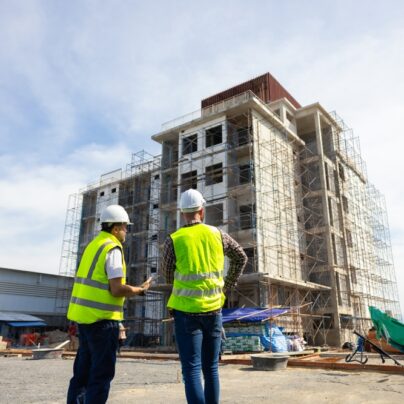One of the main reasons that carbon monoxide is such a threat is the fact that it is hard to detect. It has no colour, no odour and is poisonous. The gas is produced by the incomplete burning of fuels that are carbon based such as gas, oil, coal and wood. These fuels are generally safe to use; however when they are not burnt properly CO is produced and this is what is poisonous. As CO builds in the body it stops your blood from providing oxygen to tissues, organs and your cells.
Carbon monoxide can kill quickly and according to the Health and Safety Executive about 15 people die each year from this poisoning because of poorly installed or maintained gas appliances and their flues. If there are low levels of Carbon Monoxide being leaked they can cause some serious health issues, including brain damage and paralysis if the exposure to low levels is over a long period of time. Therefore it is essential to provide information regarding carbon monoxide and raise awareness. This week is carbon monoxide awareness week so it is the perfect time to ensure you are doing everything to reduce the risks.
There are some signs that could indicate that your system is not completing the combustion process fully:
- The flame in your appliance is yellow or orange – unless this is the display colour used by your appliance, you are using a flueless appliance or a fuel effect fire.
- The pilot light frequently gets blown out
- There is more condensation on the insides of your windows
- There is brown or yellow staining around your appliance
- There is soot around your appliance
You can keep your home and your workplace safe by ensuring that your appliance is maintained properly and frequently by a competent person. Chimneys must also be regularly swept.
What to do if You Think Your Appliance is Expelling Carbon Monoxide
The first thing to do is call 0800 111 999, the number for the National Gas Emergency Service. You will need to turn off the appliance and shut off the gas supply and open the windows and doors so the space can be ventilated. It is also important to go and see your GP and tell them that you think that you have been exposed to carbon monoxide.
The early symptoms to look out for can include:
- Headaches
- Dizzy spells
- Loss of consciousness
- Unusual behaviour
- Problems with your vision
- Chest and stomach pains
- Tiredness
- Nausea
Remember that often the symptoms can be missed or confused with other illnesses. Sadly some people don’t notice any symptoms and they lose their life when overcome by the gas. If you have concerns about the gas appliances or health and safety risks found in your workplace call our team of health and safety consultants on: 0800 1488 677.

A chartered (fellow) safety and risk management practitioner with 20+ years of experience. David provides a healthy dose of how-to articles, advice and guidance to make compliance easier for construction professionals, Architects and the built environment. Get social with David on Twitter and Linkedin.


